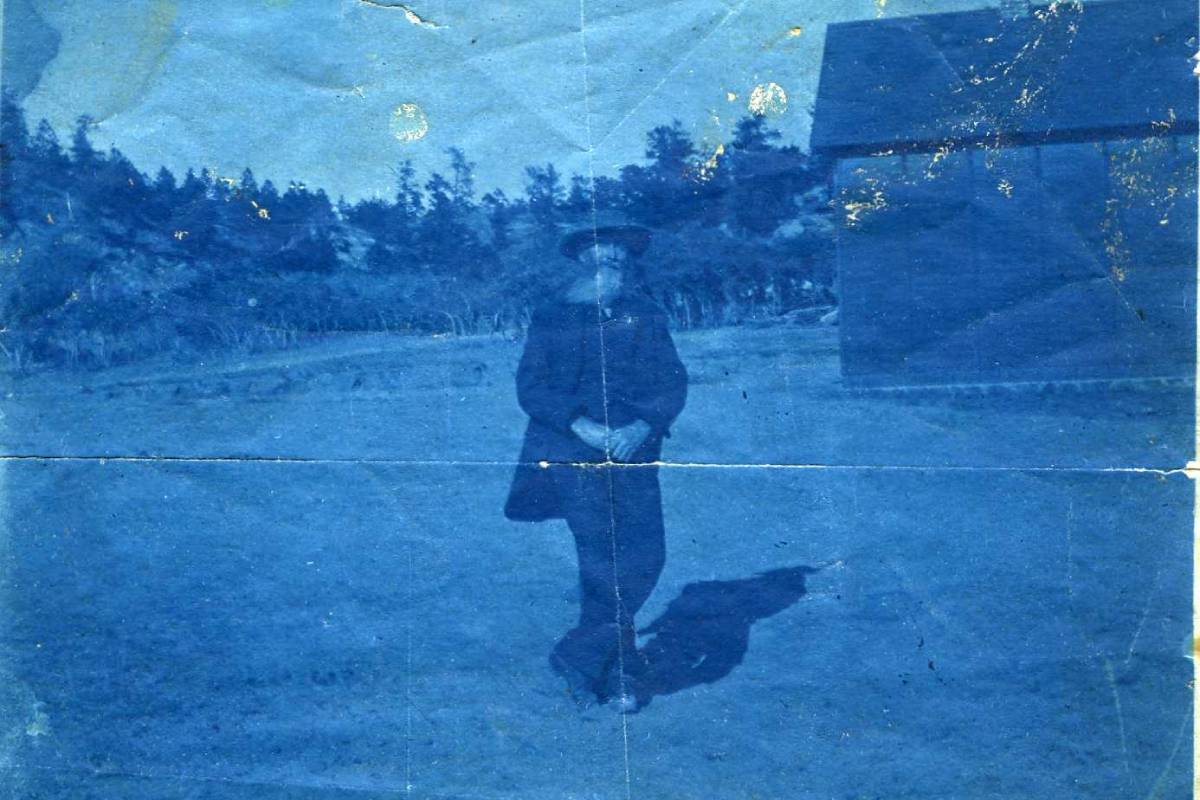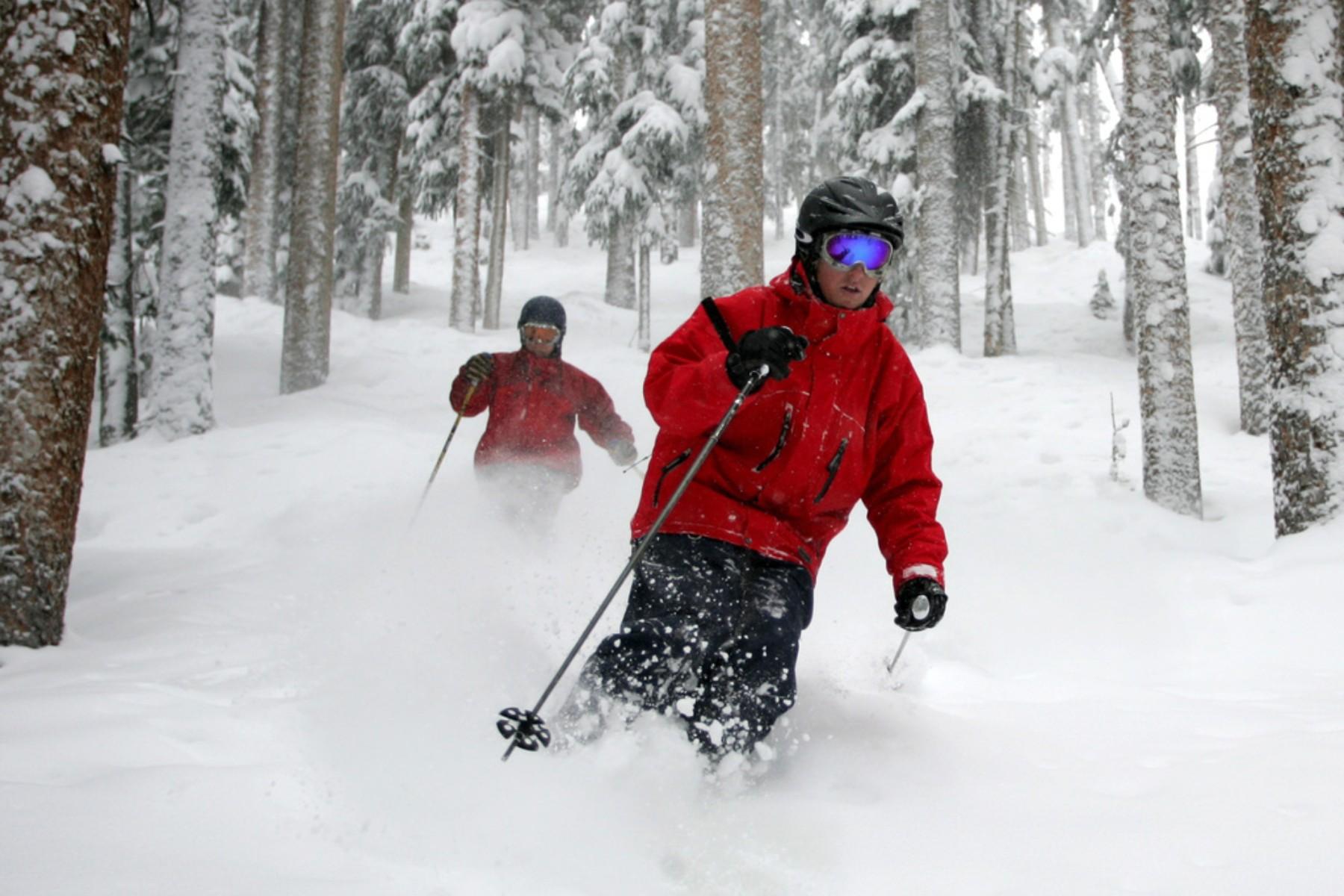
Peak Curiosity is a community-driven reporting series from 91.5 KRCC. We ask listeners to submit their questions about the Pikes Peak region and Southern Colorado, and then we answer them.
When Ed Storey and his wife Nancy moved to the northeast side of Colorado Springs 12 years ago, they were perplexed. They lived near Templeton Gap Road, which runs diagonally toward downtown. They thought it would be a convenient thoroughfare.
"But as we go into it and learned more and more about it, the 'gap' is a very important word, because there are gaps in the road," says Storey. "So my question is, what is the history of Templeton Gap, why does it have gaps, why is it named 'Templeton?'"
"[Templeton] was a cowboy who drove cattle from place to place. He was a U.S. Marshall, a deputy U.S. Marshall, so he chased down bandits. He did prospecting in the early years of the gold rush."
Templeton Gap Road begins near downtown and dead-ends in a neighborhood near Palmer Park. It then picks up again three miles later, for two more short, interrupted jogs near Powers Boulevard and Woodmen Rd. As Ed Storey says, these days, it’s a road defined by its gaps. But that hasn’t always been the case, says Colorado Springs Pioneers Museum director Matt Mayberry.
"Early maps that we have in our collection show it as the primary northeast corridor," he explains. Maps dating back as far as the late 1800s show the road extending miles beyond the small grid of streets that comprised Colorado Springs at the time.
Mayberry says early inhabitants of the city would take the road up to Black Forest, sometimes stopping to camp near Palmer Park along the way. "It took a long time to get to the Black Forest," he says. "When you live in a 3-mile-an-hour world, and you can’t go by train, you have to plan these things."
The road remained a major artery for more than a century. But by the 1980s Union Boulevard and Austin Bluffs Parkway overtook the old thoroughfare, which "pretty much ends the contiguous nature of T-Gap," according to Mayberry.
As for the name, the "gap" in question doesn’t refer to interruptions in the road, but rather to a geographic feature the route once passed through. It's the low point between two bluffs near the intersection of Austin Bluffs Parkway and Union Boulevard, just to the north of Palmer Park.

It’s a feature that hardly registers as you drive through it today. But according to one early source, this gap was a main point of entry for Native Americans entering the Pikes Peak region from the plains to the northeast.
Celinda Kaelin has written extensively about the Native American history of the area. She says she can’t confirm it for certain, but she wouldn’t be surprised if Templeton Gap Road followed a pre-existing Ute trail.
"Probably that trail, because it’s heading towards the east, that was probably used by the war parties," she explains, "the hunting parties, as they went out to the eastern plains to hunt buffalo."
As European settlers arrived, the gap remained a vital passageway, and the land around it was used for grazing cattle. By the mid-1800s, several ranches sprang up there, including one owned by a grizzled, Indiana-born veteran of the Mexican-American war named AJ Templeton.
"He was an interesting character because he did a lot of things," says Matt Mayberry. "He was a cowboy who drove cattle from place to place. He was a U.S. Marshall, a deputy U.S. Marshall, so he chased down bandits. He did prospecting in the early years of the gold rush."
Drawn to Colorado by the promise of gold, Templeton established himself in the Pikes Peak region in 1859, says Mayberry -- a decade before General William Jackson Palmer founded the town that would become Colorado Springs. He worked a range of jobs, but made a habit of spending the winters ranching on land near the Gap. Mayberry says it’s unclear exactly how the Gap took on Templeton’s name.

"Whether it was him that applied that name, or whether it became kind of like 'Templeton’s place,' I don’t know what the derivation of the name was," he says.
Whether Templeton deserves the recognition all these years later is another question. Among his many exploits, he spent time as a lieutenant in the 3rd Colorado Volunteer Cavalry. In 1864, he was one of nearly 700 men who attacked a village of Cheyenne and Arapaho in what's now known as the Sand Creek Massacre. The incident left as many as several hundred Cheyenne and Arapaho dead, many of them women and children.
In a brief memoir written some years later, Templeton described the incident, and attempted to downplay the casualties. "I don't believe anybody killed squaws intentionally in the battle," he wrote, "but I don't think it would have been any great sin, if they had."
He likely died sometime around the turn of the 20th century, though the Pioneers museum doesn’t have an exact death year. In the grand scheme of things, he was a relatively minor player in the history of Colorado Springs, but he managed to secure a lasting legacy through his association with that all-important gap in the bluffs.
Editor's note: Matt Mayberry is a member of 91.5 KRCC's Community Advisory Board.
_









